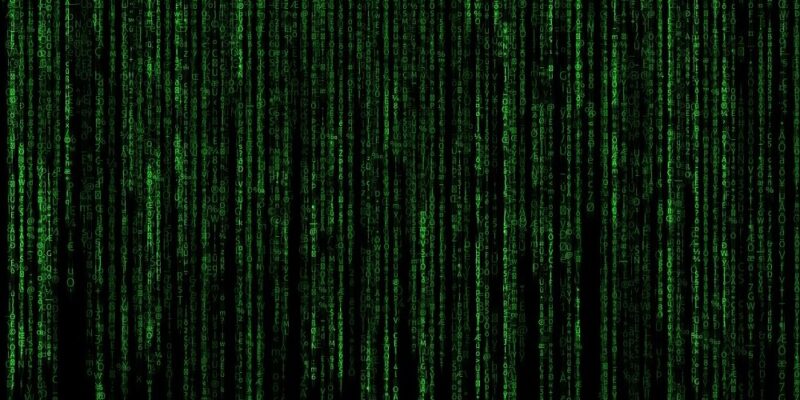 Critical flaw found in Fluent Bit cloud services monitoring component
Critical flaw found in Fluent Bit cloud services monitoring component
Security researchers at Tenable have discovered a potentially critical memory corruption vulnerability in Fluent Bit, a core component in the monitoring infrastructure of many cloud services. The vulnerability, dubbed Linguistic Lumberjack and tracked as CVE-2024-4323, stems from coding flaws within Fluent Bit’s built-in HTTP server. Left unresolved the vulnerability could lead to denial of service,…










